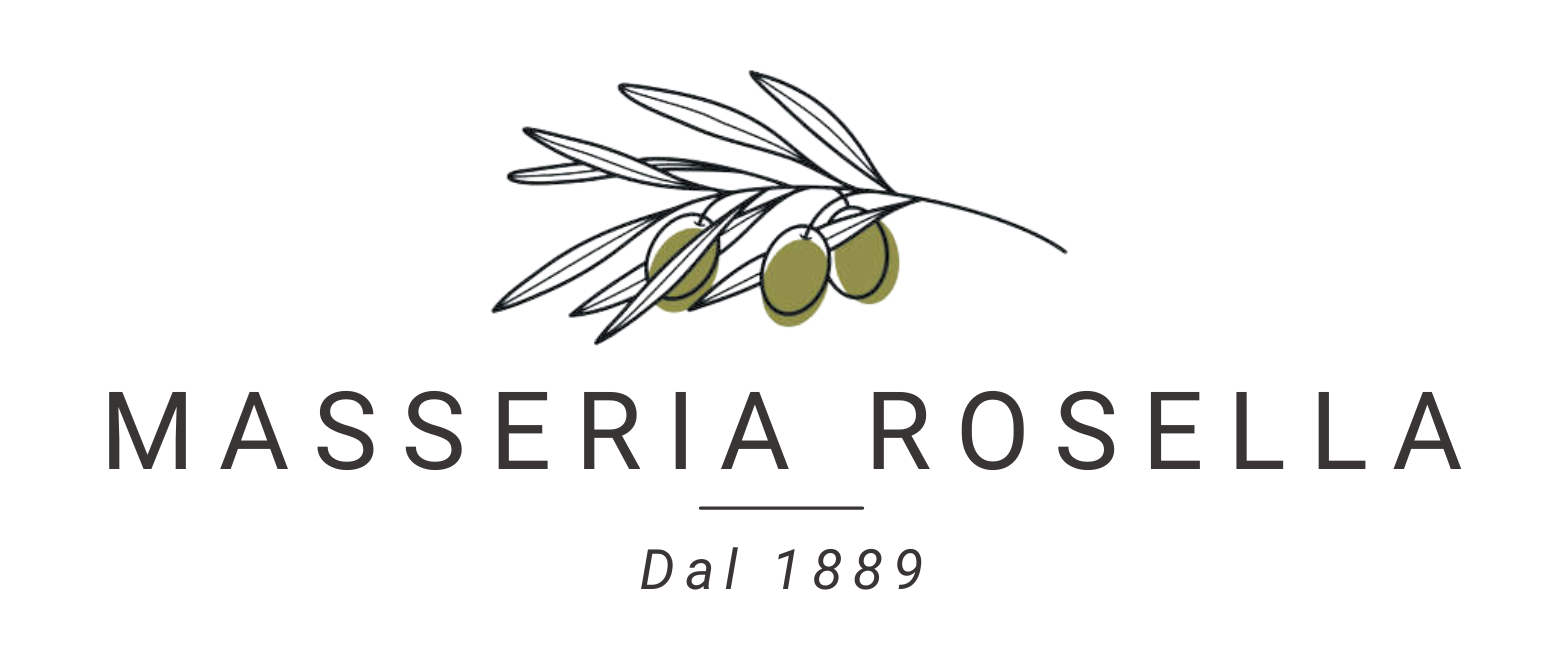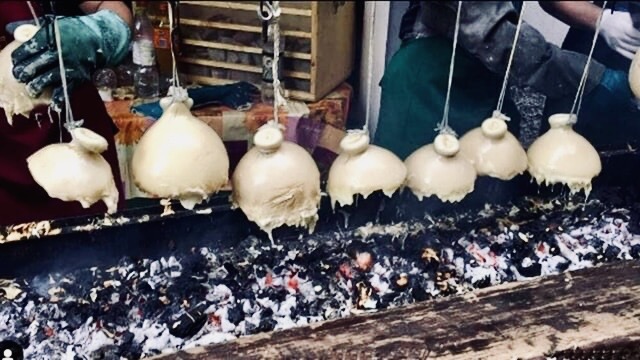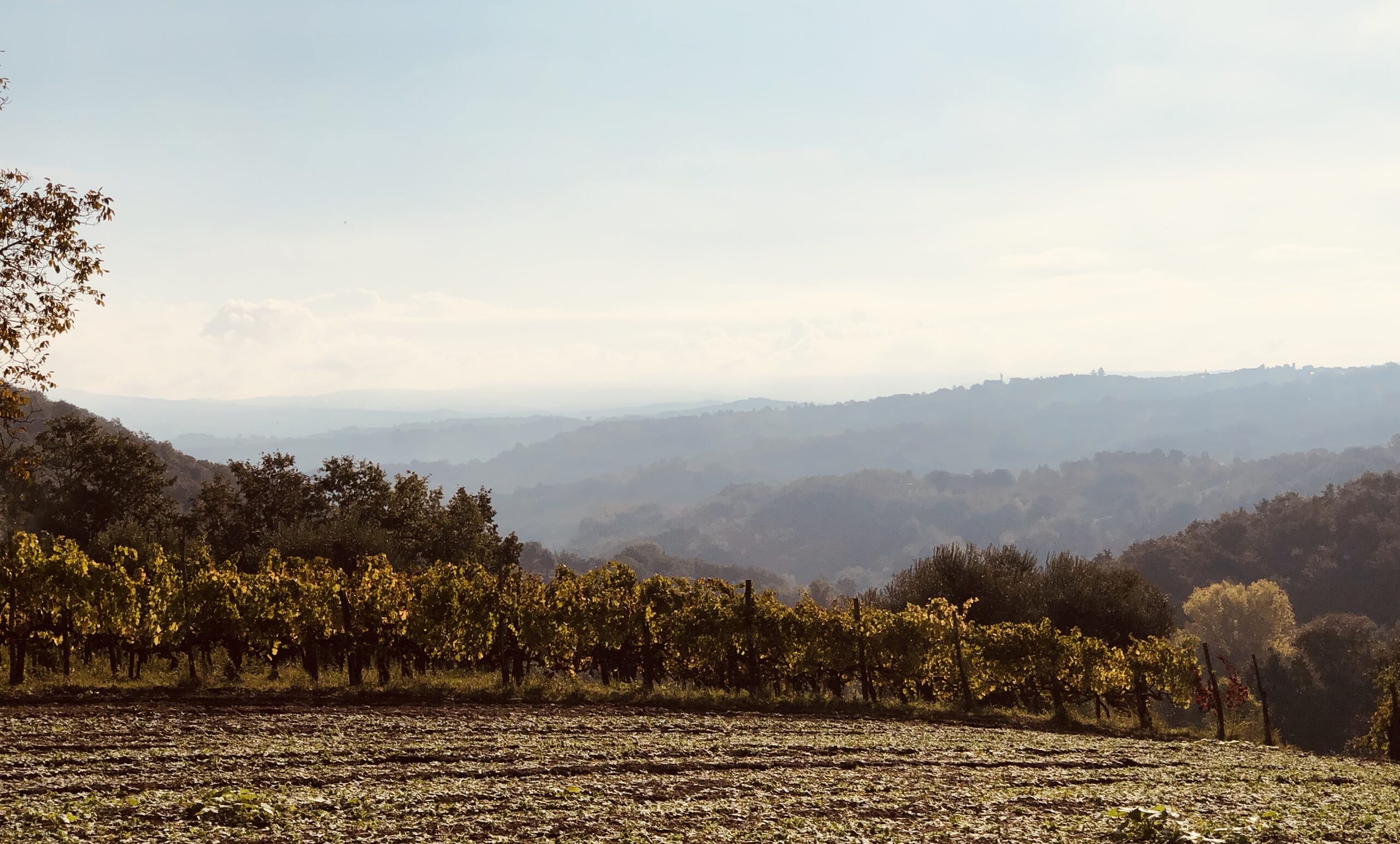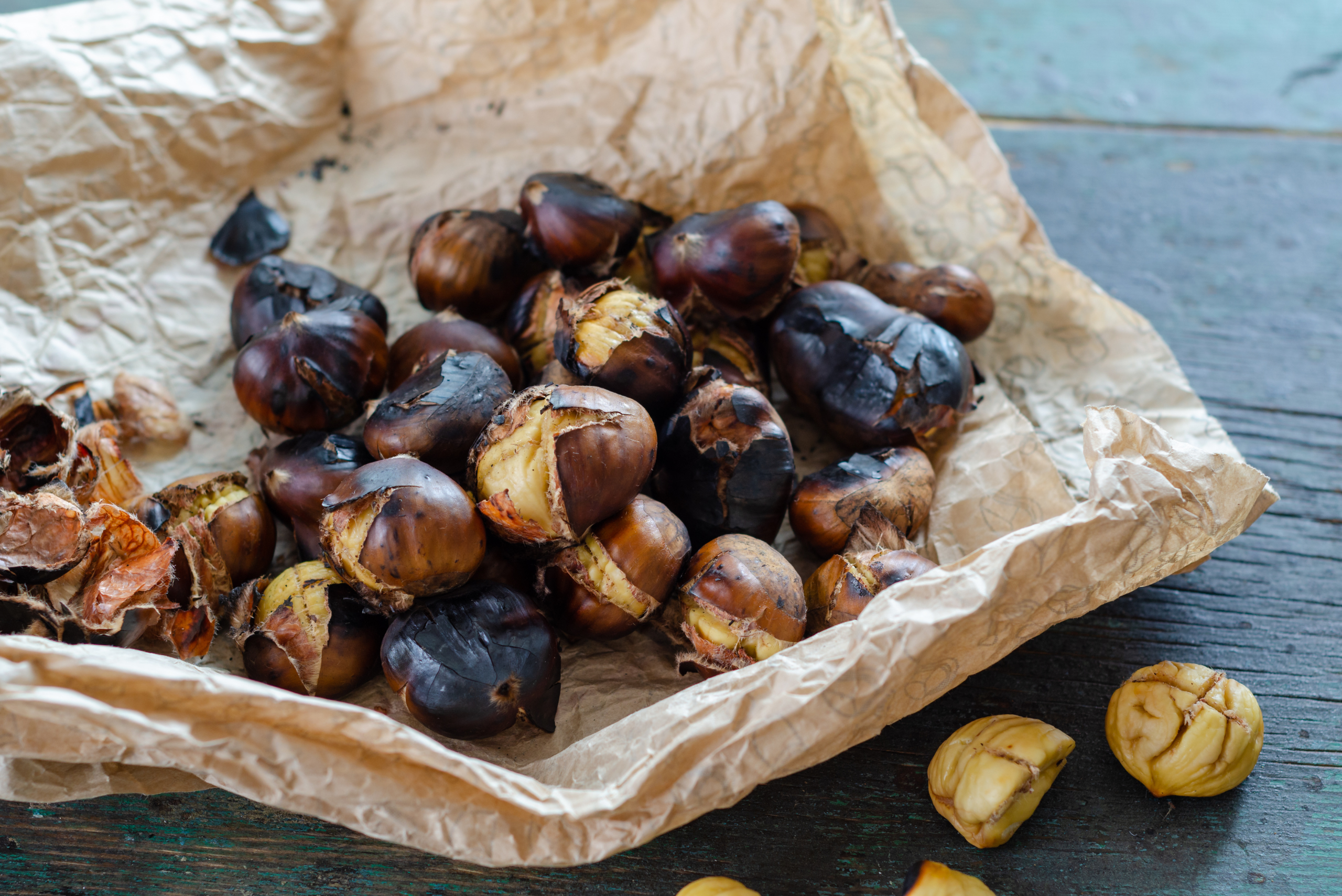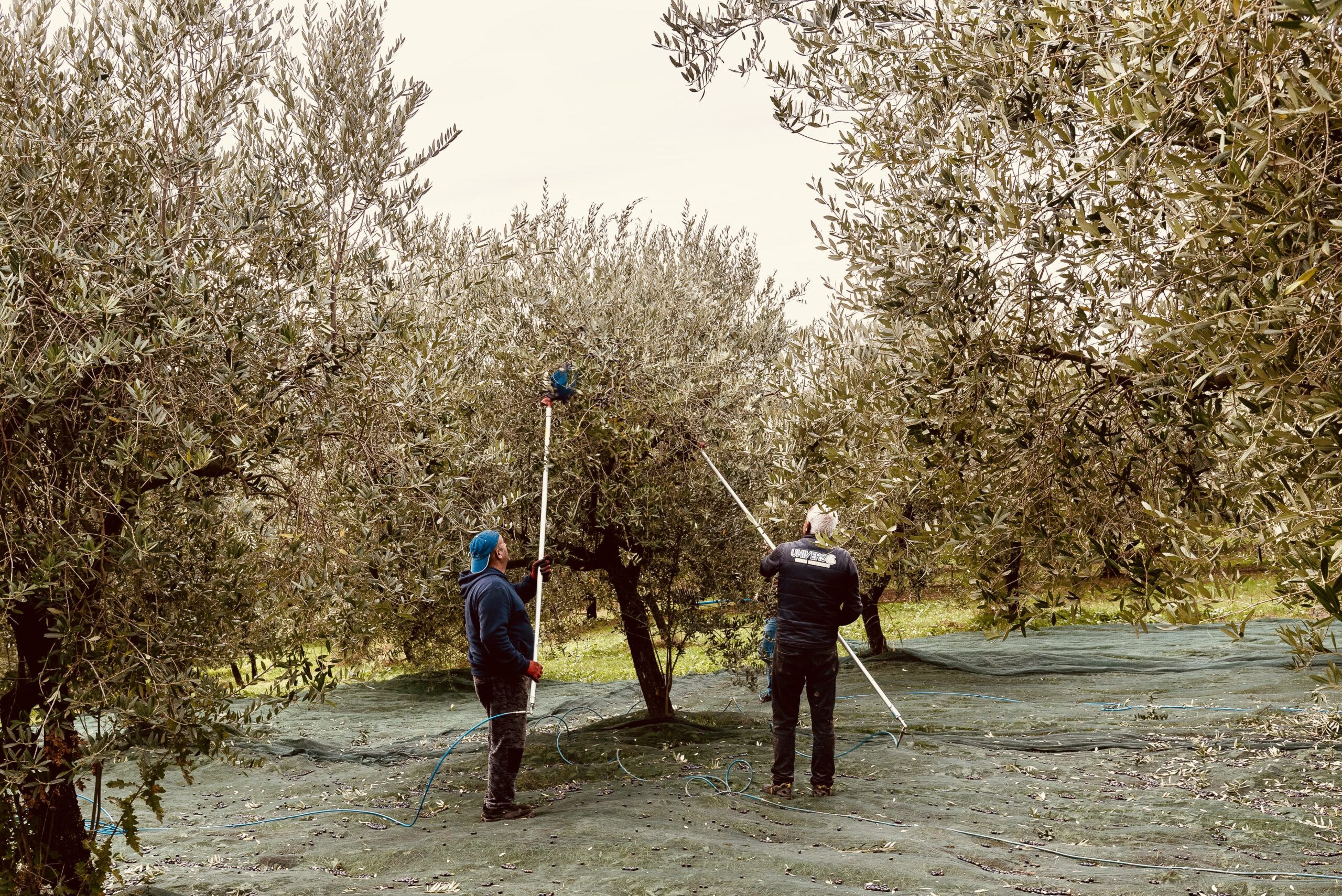Caciocavallo is a traditional Italian cheese that is mainly produced in the southern regions of Italy, particularly in Puglia, Calabria, Campania, Molise, Basilicata and Sicily. The name “caciocavallo” literally means “cheese on horseback” and comes from the way the cheese was traditionally hung to mature – often over a wooden stick placed over two supports like a saddle, reminiscent of a horse’s back.
Production:
Caciocavallo is made from cow’s milk, although there are also varieties made from sheep’s milk. The milk is heated and rennet is added to initiate coagulation. The resulting curd is cut, heated and kneaded to produce a homogeneous mass. The cheese is then moulded into the characteristic pear shape and immersed in brine.
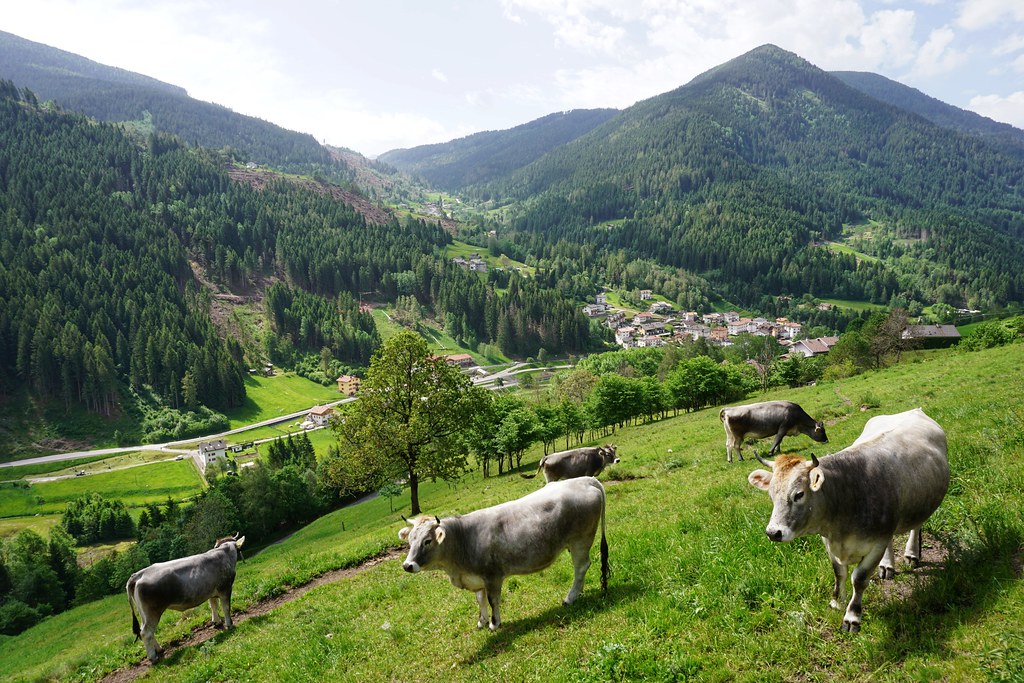
Maturation:
The cheese matures in cool, damp cellars or special maturing rooms. During the ripening process, the cheese is hung in pairs on ropes, which contributes to its typical shape. The maturing time can range from a few months to several years, with the flavour becoming more intense and complex the longer the cheese matures.
How to Use:
Caciocavallo is used in many different ways in the kitchen. It can be sliced and served as table cheese, grated and sprinkled over pasta and other dishes or melted in various recipes. In some regions of Italy, it is traditionally melted on the grill or in a pan and enjoyed as a delicacy.
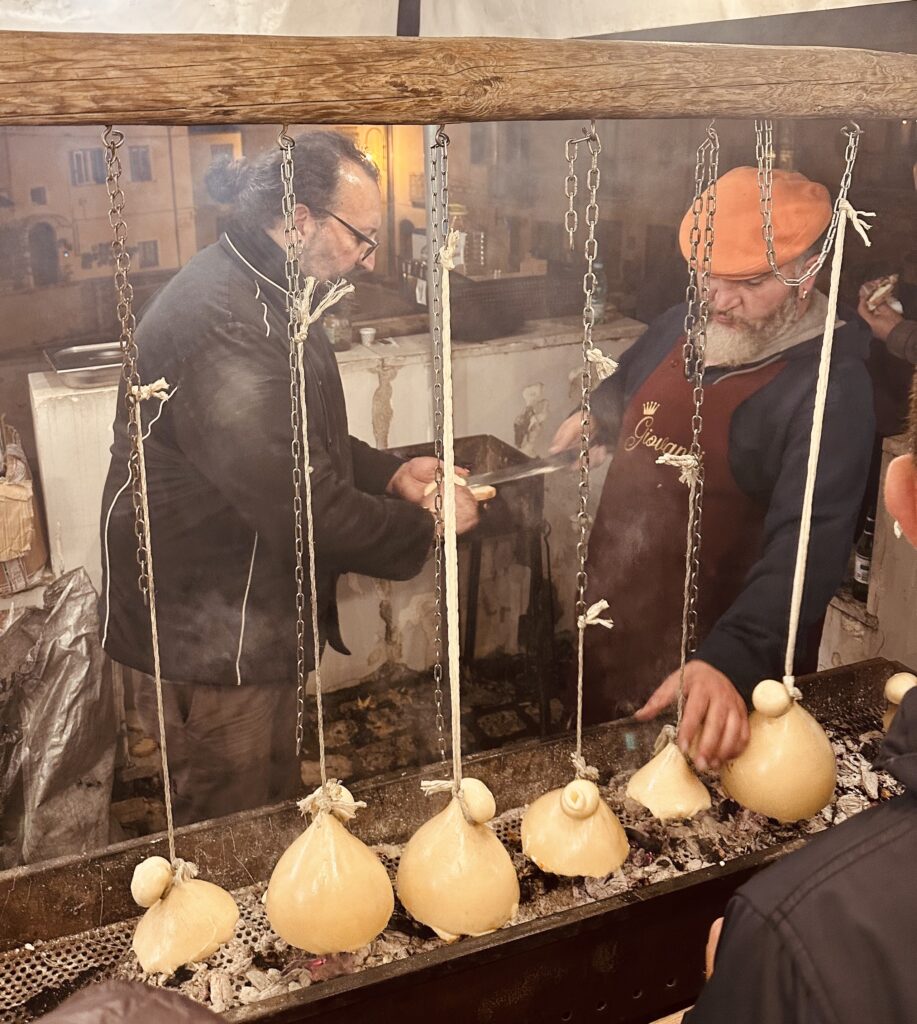
Variety:
Es gibt verschiedene regionale Varianten von Caciocavallo, wie zum Beispiel “Caciocavallo Silano” aus der Region Kalabrien, der den DOP-Status (Denominazione di Origine Protetta) trägt. Dieser Käse wird nach strengen traditionellen Methoden hergestellt und muss bestimmte Qualitätsstandards erfüllen.
Caciocavallo ist ein Beispiel für das reiche kulinarische Erbe Italiens und zeigt die Vielfalt und Tiefe der italienischen Käsekunst.
What is caciocavallo inpiccatto? A speciality from Irpinia
Caciocavallo Impiccato is a special preparation of the traditional Caciocavallo cheese. The term “impiccato” means “hung” or “hanged”, which refers to the way in which the cheese is prepared. This method originates from southern Italy and is a popular tradition, especially in rural areas and at festivals.
Preparation:
Caciocavallo cheese is hung from a rope, often over an open flame or a hot grill. The heat melts the cheese, giving it a creamy consistency and a more intense flavour.
The suspended cheese is slowly turned over the flame to ensure even heating and melting. Once the cheese is sufficiently melted, it is scraped off with a knife or fork and spread on bread, vegetables or other side dishes. (Italian raclette)
Experience:
The preparation and enjoyment of Caciocavallo Inpiccato is often a social experience. Guests gather around the fire or grill to watch and share the cheese. This tradition fosters a sense of community and appreciation for artisan cheese.
Caciocavallo Inpiccato is an impressive example of the creative and communal food culture of southern Italy, combining traditional techniques with modern flavours.
